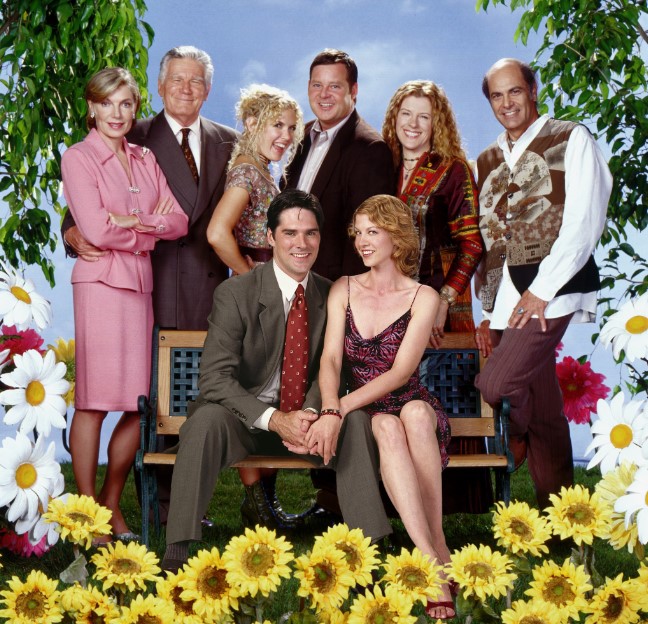Greenwich Village, located in the heart of Manhattan, New York City, is renowned for its rich history as a haven for artists, writers, and musicians.
The 1950s were a transformative period for this vibrant neighborhood, as it became a focal point of creativity, counterculture, and social change.
Explores the enchanting world of Greenwich Village during the 1950s, examining its unique artistic landscape, influential figures, social movements, and lasting impact on American culture.
The Beat Generation and the Bohemian Movement:
The Beat Generation, a group of writers and artists, played a pivotal role in shaping Greenwich Village's identity in the 1950s.
Iconic figures like Jack Kerouac, Allen Ginsberg, and William S. Burroughs frequented the village's coffee houses and bars, sharing their ideas and literary works.
The emergence of the bohemian movement fostered an environment of intellectual exploration, individualism, and artistic freedom.
The Coffee House Scene:
Greenwich Village's coffee houses became gathering spots for artists, intellectuals, and bohemians.Cafe Wha?, Caffe Reggio, and the Gaslight Cafe were among the famous coffee houses where poetry readings, folk music performances, and spirited debates took place.
The coffee house scene cultivated a sense of community and encouraged experimentation in various art forms.
Folk Music Renaissance:
The Folk Music Renaissance of the 1950s in Greenwich Village, New York City, was a powerful cultural movement that revived traditional folk music and introduced a new wave of artists to the world stage.
Led by influential figures like Bob Dylan, Pete Seeger, and Joan Baez, the movement became a vehicle for social and political activism, addressing civil rights, labor movements, and anti-war protests.
The village's bohemian and intellectual atmosphere nurtured the folk music scene in coffee houses and clubs like Cafe Wha? and Gerde's Folk City. The impact of the Folk Music Renaissance extended beyond the 1960s, continuing to shape American culture and inspiring contemporary folk artists and musicians. Its legacy stands as a testament to the enduring power of music as a force for positive transformation and social change.
The Abstract Expressionist Movement:
Greenwich Village was home to the Abstract Expressionist movement, featuring artists like Jackson Pollock, Willem de Kooning, and Mark Rothko.
The neighborhood's inexpensive lofts and studios provided a nurturing environment for abstract painters to create groundbreaking works.
The Cedar Tavern, a famous watering hole, became a hub for artists to exchange ideas and discuss their art.
The LGBT Rights Movement:
Greenwich Village played a significant role in the early LGBT rights movement.
The Stonewall Inn, a gay bar in the village, was the site of the historic Stonewall Uprising in 1969, considered the catalyst for the modern gay rights movement.
LGBT activists and organizations in Greenwich Village paved the way for greater acceptance and rights for the LGBTQ+ community.
Theater and Off-Broadway Productions:
Greenwich Village became a haven for experimental theater and off-Broadway productions.
The Cherry Lane Theatre, La MaMa Experimental Theatre Club, and The Living Theatre were at the forefront of this artistic movement.
Off-Broadway productions offered an alternative to commercial theater and encouraged innovation and artistic risk-taking.
The Literary Scene:
Greenwich Village's literary scene flourished with the establishment of iconic bookstores like the Eighth Street Bookshop and The Strand.
Writers like e.e. cummings, James Baldwin, and Truman Capote found inspiration and a sense of community in the village's literary circles.
Literary salons and readings enriched the neighborhood's cultural fabric.
Greenwich Village in the 1950s was a cultural melting pot, fueling creativity, artistic experimentation, and progressive ideas. Its coffee houses, clubs, and theaters served as nurturing spaces for artists, writers, and musicians to exchange ideas and challenge societal norms.
The village's bohemian spirit and the emergence of the Beat Generation left a lasting impact on American culture and paved the way for subsequent social and artistic movements. The legacy of Greenwich Village in the 1950s continues to be celebrated as an iconic period of artistic expression and a symbol of counterculture in American history.
